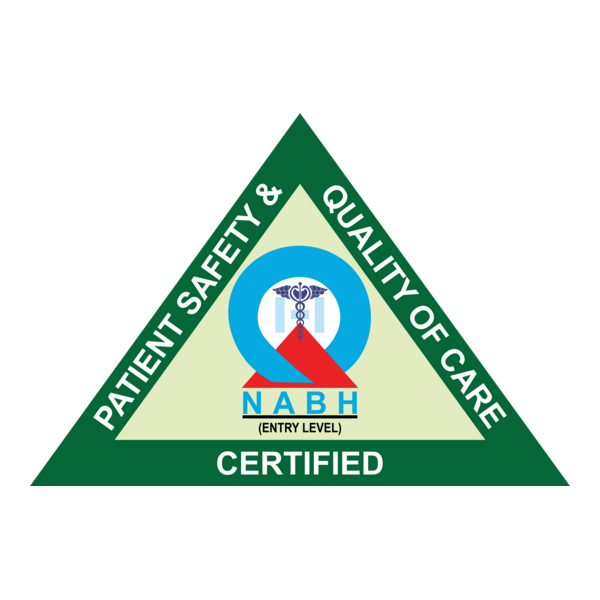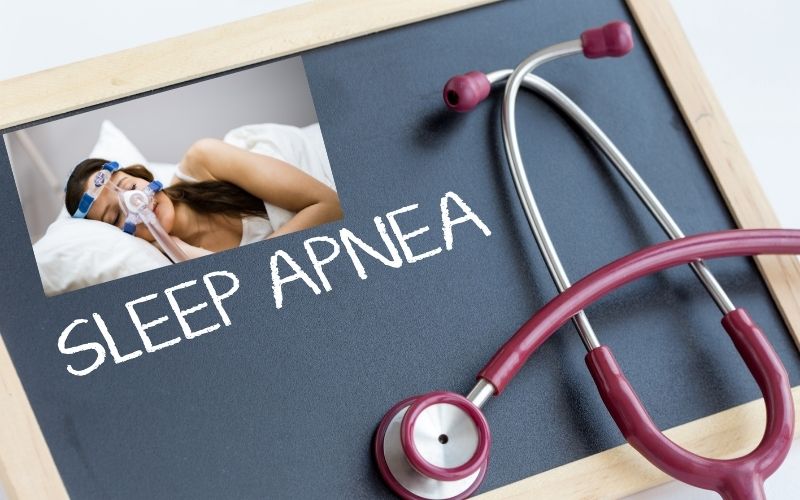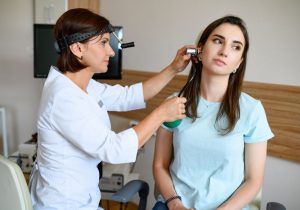Sleep is essential for your body and mind to recharge. But what if your sleep is constantly interrupted—and you don’t even realize it? That’s exactly what happens in sleep apnea, a serious sleep disorder that affects millions worldwide.
Let’s explore what sleep apnea is, what causes it, how to spot the symptoms, and most importantly—how it’s treated.
What is Sleep Apnea?
Sleep apnea is a condition where your breathing repeatedly stops and starts during sleep. These pauses can last a few seconds to over a minute and can occur dozens or even hundreds of times per night.
There are three main types of sleep apnea:
- Obstructive Sleep Apnea (OSA): The most common type. It happens when the muscles in the throat relax too much and block the airway.
- Central Sleep Apnea (CSA): Less common. It’s related to how your brain communicates with the muscles that control breathing.
- Complex Sleep Apnea Syndrome: A combination of both OSA and CSA.
What Causes Sleep Apnea?
The causes vary depending on the type, but the most common risk factors for obstructive sleep apnea include:
- Excess weight/obesity: Fat deposits around the upper airway can obstruct breathing.
- Neck circumference: A thicker neck might mean narrower airways.
- Aging: Sleep apnea is more common in older adults.
- Male gender: Men are more likely to develop it.
- Family history: Genetics can play a role.
- Nasal congestion: Trouble breathing through the nose can contribute.
- Smoking and alcohol use: Both can relax throat muscles and increase inflammation.
For central sleep apnea, it’s usually linked to medical conditions like heart failure or neurological disorders.
Common Symptoms of Sleep Apnea
Many people don’t realize they have sleep apnea until a partner notices. Here are the signs to watch for:
- Loud snoring (especially in OSA)
- Gasping or choking during sleep
- Pauses in breathing (observed by someone else)
- Morning headaches
- Dry mouth or sore throat when waking
- Excessive daytime sleepiness
- Difficulty concentrating
- Mood swings or irritability
If you often feel tired despite a full night’s sleep, sleep apnea could be the reason.
Why is Sleep Apnea Dangerous?
It’s more than just poor sleep. Untreated sleep apnea can lead to serious health issues like:
- High blood pressure
- Heart disease
- Stroke
- Type 2 diabetes
- Liver problems
- Complications during surgery or with certain medications
Sleep apnea also increases the risk of accidents due to fatigue—especially while driving.
How is Sleep Apnea Diagnosed?
If a doctor suspects sleep apnea, they may recommend a sleep study (polysomnography), which can be done at a sleep center or sometimes at home. This test monitors breathing, oxygen levels, heart rate, and other functions during sleep.
Treatment Options for Sleep Apnea
The good news? Sleep apnea is treatable. Depending on the severity and type, treatment options include:
1. Lifestyle Changes
- Lose weight if overweight
- Avoid alcohol and smoking
- Sleep on your side instead of your back
- Treat nasal congestion
2. CPAP Machine (Continuous Positive Airway Pressure)
This is the most common treatment for moderate to severe OSA. A CPAP machine delivers constant air pressure through a mask to keep the airway open.
3. Oral Appliances
Custom-made dental devices can reposition the jaw and tongue to improve airflow.
4. Surgery
In severe cases, surgical options might be recommended to remove tissue or correct structural problems.
5. Treating Underlying Conditions
For central sleep apnea, managing the root cause (like heart failure or neurological issues) is key.
Conclusion
Sleep apnea is more common—and more serious—than many people realize. If you or someone you love snores heavily, struggles with daytime fatigue, or shows other symptoms, don’t ignore it.
With proper diagnosis and treatment, most people with sleep apnea can sleep better, feel more energetic, and reduce their risk of major health problems.
Better sleep means better health. Don’t let sleep apnea steal your rest—get checked and get treated.






